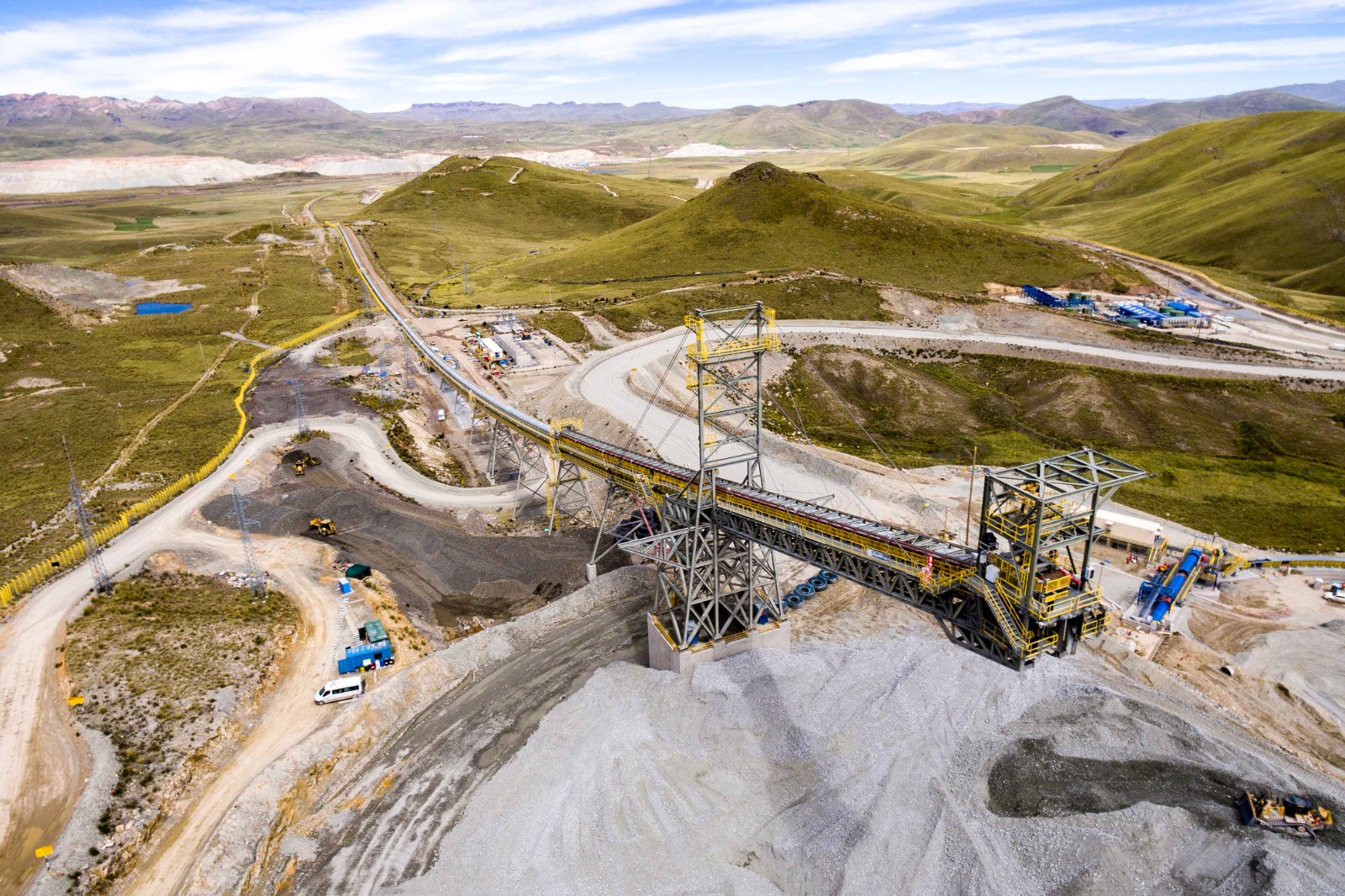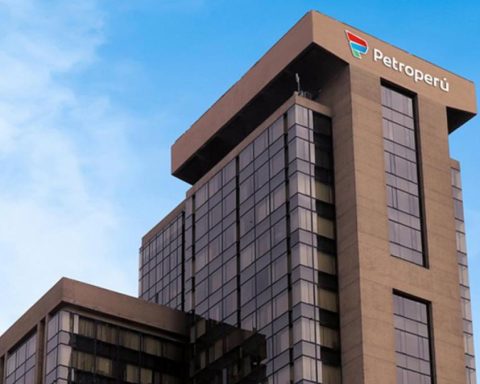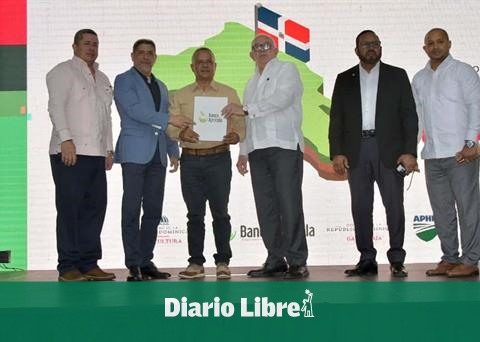María Elena Bernal, Mining supply chain expert
It is no secret to anyone that mining It is one of the fundamental pillars of the Peruvian economy. However, its great challenge is to create a lasting positive impact on local communities, beyond the royalties and the direct and indirect jobs that may be generated. Thus, the role played by suppliers in the areas of influence of mining companies has a transformative potential for the lives of thousands of Peruvians.
According to the Study of Mining Suppliers of the Sammi Andean Mining Cluster, in the mining ecosystem, contractors represent on average 70% of the expenditure that mining companies allocate for the functioning of their operations, hence their leading role and strategic.
Going into detail, at the level of origin of these contractors, it is noted that on average only 10% correspond to local suppliers due mainly to their level of business maturity.
To take advantage of this potential, a change in focus and commitment is required from the public and private sectors, since integrating local suppliers into the mining supply chain is an investment in sustainability. When mining revenues benefit communities more directly, relationships of trust are built and the social license to operate is strengthened.
In that order of ideas, there are several reasons why the mining ecosystem must work proactively with local suppliers and encourage their integration into the sector’s supply chain. The first reason is because it allows a greater part of the income generated by mining stay in the region, promoting economic development and job creation. A solid local supplier contributes to the generation of a virtuous circle, in which communities are less dependent on global market fluctuations and can diversify their production.
The second reason refers to the fact that including local suppliers can improve the operational efficiency of mining companies, since it reduces transportation times and costs, allowing greater flexibility in the face of climatic or social eventualities. An example of this was evident in the pandemic when various mining companies had limited accessibility to services.
The third reason, and no less important, is because having strengthened local suppliers allows the mining operation to have continuity and an environment free of social conflicts. The community’s focus is on adding rather than subtracting. All growing together.
The question now is: How do we develop local suppliers so that they provide a high-quality service under the parameters that mining companies require? We consider it important that the mining ecosystem works to cover the following fronts: specialized technical assistance, security support, business strengthening; and, a networking and learning network (internships, business conferences, among others).
As you can read, dear reader, working hand in hand with local suppliers in the mining sector is a strategy that offers economic, social and operational benefits. Synergy is key to achieving a more inclusive supply chain, which promotes the development of communities and builds more resilient and sustainable mining that meets the global demand for minerals.
In this scenario, the participation and involvement of contractors must be more strategic. Even more so, if we want to have competitive and sustainable mining, especially when we have US$54 million pending in our portfolio for investment in the sector, with 42 projects in 14 regions.
From this perspective, why is it important to enhance the management and participation of contractors in mining activities? The main reason is that they bring multiple contributions and opportunities for economic growth in the areas of influence and in the supply chain itself.
First, it allows more of the revenue generated by mining to stay in the region, promoting economic development and job creation. Therefore, it is essential that contractors integrate the local supplier as a fundamental agent for sustainability. The use of local contractors contributes to the economic development of communities near mining operations.
This not only generates direct employment, it also encourages the growth of other industries and services in the region, creating a multiplier effect in the local economy. Secondly, better specialization and operational efficiency would be achieved for contractors to perform tasks and processes that require advanced technical knowledge and experience in specific areas of mining such as blasting, earthworks, inbound logistics, drilling, among others. With this training they will be able to carry out their activities with greater precision and safety, without accidents.
On the other hand, companies in this sector would have flexible growth to meet demand peaks with suitable personnel and equipment, while in periods of lower activity, they can reduce them without incurring high fixed costs.
Another important point is that mining contractors are focused on offering added value to improve their profitability and sustainability in a highly competitive sector. Therefore, contractors must differentiate themselves to generate their own brand. Offer services with high added value, such as advanced technologies, sustainable practices, personalized solutions, practices that minimize environmental impact, improvements in occupational health and safety, among other aspects.
Furthermore, having diverse and complementary teams broadens the outlook in the mining sector. Although there are activities that were traditionally carried out mostly by men, it is important to present disruptive proposals that generate the development of female talent, as some companies have already achieved. For example, promote roles such as drilling collaborators, bus drivers, among other initiatives that can be promoted.
In this panorama, in the mining sector it is necessary to eliminate the “I grow” and replace it with “We grow together”, thus reinforcing the idea that mining should not be seen only from an economic perspective or in isolation, but as part of a broader ecosystem that includes companies in the sector, contractors, communities and communal/local suppliers.
This integration approach recognizes that the success and growth of mining should not be seen in isolation, but as the result of a cohesive ecosystem where each part plays a crucial role, especially if we want to continue to stand out at the global demand level.

















